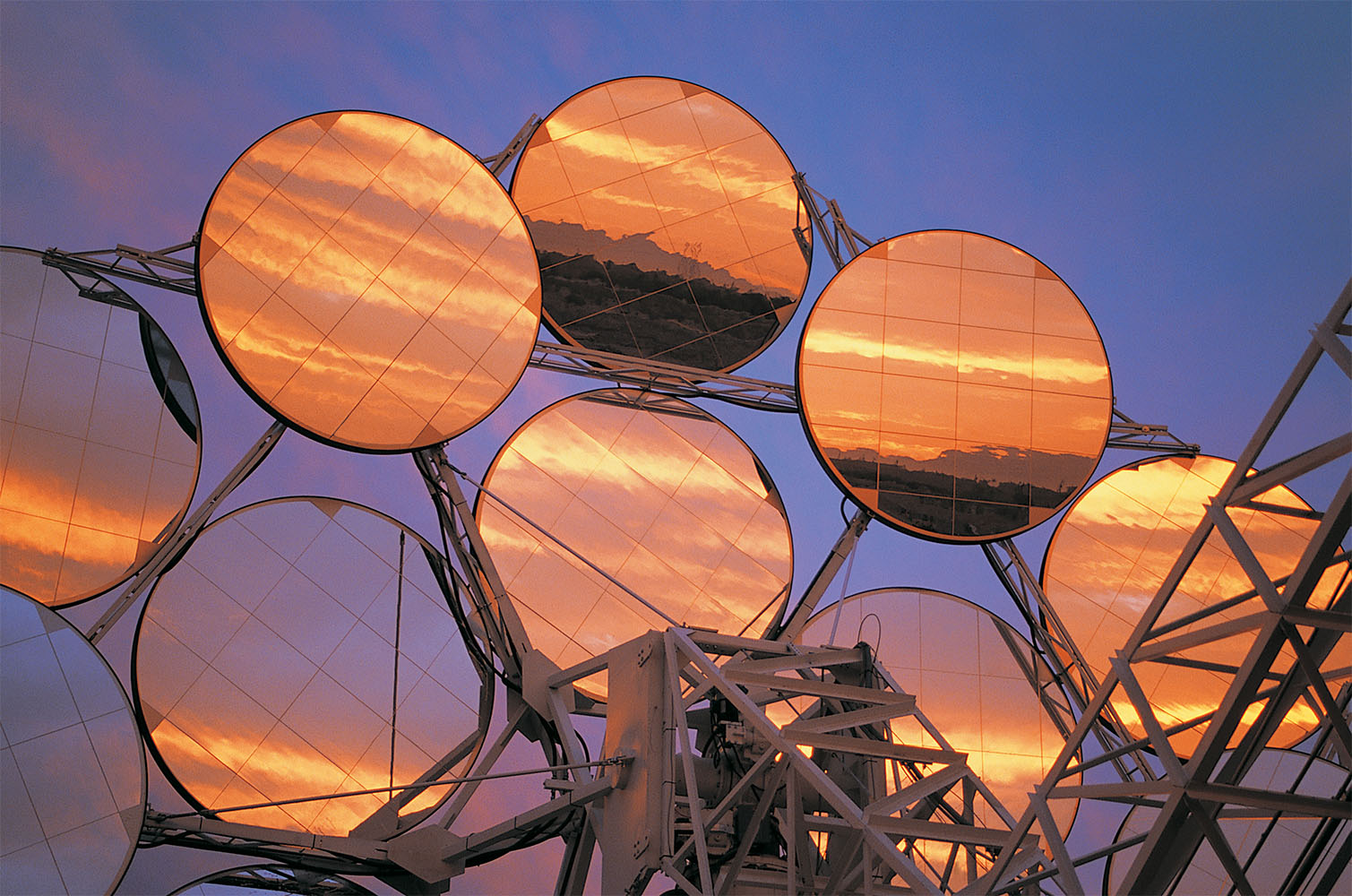Global disputes over solar PV patents are on the rise this decade
Published on 3rd Oct 2024
Litigation in areas such as TOPCon and thin-film tech could disrupt the market significantly as rights holders enforce patents

Back in 2021, the rise of patent disputes relating to solar technology was already an emerging trend, with a further uptick in related litigation widely predicted. The surge in patenting activity around low-carbon energy technology between 2000 and 2012 had been followed by a gradual decline over the decade as the technologies matured – and as the use of the technology increased so too did patent litigation.
As anticipated, there has been a marked increase in patent litigation concerning solar power technologies since 2021. The downward trend in the number of new solar patents has continued in the intervening years as the technology has matured, while there has been a corresponding uptick in patent litigation as solar power becomes more readily available and the commercial stakes grow higher.
TOPCon PV cells
One of the areas of significant advances in solar technology in recent years has been in tunnel oxide passivated contact (TOPCon) photovoltaic (PV) cells, which are more efficient than traditional solar cells. They have a tunnel oxide layer placed between a transparent conductive oxide layer and a crystalline silicon layer. The silicone layer is doped with phosphorous to add free electrons that absorb energy from the photons emitted by the sun and, therefore, increase efficiency of the wafers.
The tunnel oxide layer prevents recombination of charge carriers meaning the cells can reach efficiencies of energy conversion as high as 28%. As a result of these improved efficiencies, the 2023 International Technology Roadmap for Photovoltaics reported that it expects TOPCon cells to take over the majority market share from more traditional PERC (passivated emitter rear cell) solar cells by 2027.
Thin-film solar panels
Another is thin-film solar panels, which use a second-generation technology with cells manufactured using a single or multiple layers of PV elements. Thin-film solar panels require less semiconductor material in the manufacturing process than regular crystalline silicon modules, but operate a similar PV effect to traditional technologies. Thin-film solar panels are manufactured using materials that are strong light absorbers, suitable for solar power generation.
According to the International Energy Agency (IEA) World Energy Investment Report 2024, thin-film technology has also attracted significant investment. Start-ups developing the technology raised more venture capital backing in 2023 "than in the previous eight years combined", the IEA reports. This has led to the creation of more flexible and less expensive thin-film solar cells that can be moulded to different structures. The European Patent Office (EPO) has also reported on a method that has been generated for printing thin-film solar cells to generate solar energy and to reduce production costs.
Patent trends
In 2021, the EPO and IEA reported that solar panels made up the largest volume of low-carbon energy technologies-related patents but the total number of patents was declining.
Updated data collected by the IEA in its Energy Technology Patents Data Explorer confirms that there has been a marked decline of patents concerning solar technologies, from 2,411 recorded globally in 2019 to only 112 in 2023.
Maxeon's global disputes
A number of high-profile global disputes over solar technology in recent years have involved the Singapore-based company Maxeon Solar Technologies, which designs and manufactures PV panels – including Maxeon Solar Technologies v Aiko Solar and Maxeon Solar Technologies v Tongwei Solar.
In 2023, Maxeon Solar Technologies commenced infringement proceedings in Germany, and later in the Netherlands, in which Maxeon sought a preliminary injunction against Aiko Solar and its wholesalers for infringing its patent related to proprietary and fundamental solar-cell architectures for back contact (BC) solar cells, also known as all-back contact (ABC) solar cells or interdigitated back contact (IBC) solar cells (EP2297788B1).
The Hague District Court in the Netherlands ruled that Aiko Solar did not infringe Maxeon's patent and the request for a preliminary injunction was refused. This finding has been appealed by Maxeon.
Separately, Maxeon launched an infringement claim against Aiko in June 2024 in the Düsseldorf Local Division of the Court of First Instance of the pan-European Unified Patents Court (UPC) for a patent in the same family (EP3065184B1). Maxeon requested an injunction against Aiko and its partners (including Memodo, VDH, PowerDeal and Coenergia) in all the contracting states. A decision is expected in summer 2025.
Maxeon also commenced a claim against Tongwei Solar and its subsidiary in June 2023 in Germany relating to its patent for shingled solar-cells panel technology used in its shingled solar cell module products (EP3522045B1).
Tongwei Solar's parent announced that it is defending the claim, commenting that it "firmly believes that its technologies and products are distinct from those of other industry partners". However, it also noted that Tongwei Solar has maintained a good partnership with Maxeon's parent company so it remains to be seen how far this dispute will go.
TOPCon solar disputes
There have also been a number of recent solar disputes relating to TOPCon technology. Maxeon launched several patent infringement claims in the US including against Canadian in March 2024 and, and REC Solar Holdings in April 2024. Maxeon has alleged that all three companies infringe its patents by making, importing and selling n-type solar panels with TOPCon cells. Canadian Solar and Hanwha QCells have indicated that they will defend the claims. REC Solar has not yet commented on the infringement allegations raised.
Early in 2024, Trina Solar initiated a claim against Runergy in the US for unauthorised use of its TOPCon solar cell technology used in its Hyperion solar panels (US patents 9,722,104 and 10,230, 009).
Osborne Clarke comment
Ongoing and new litigation in this area has the potential to disrupt the market significantly as rights holders seek to enforce their patents. It will be interesting to see how these disputes progress and if further litigation is on the horizon, as new technologies, such as those relating to TOPCon and thin film, emerge and mature and more companies in this field become alive to the risks and opportunities from their and their competitors' patent portfolios.
Sophie Chesterman, now an Associate with the Commercial team at Osborne Clarke, contributed to this Insight.













